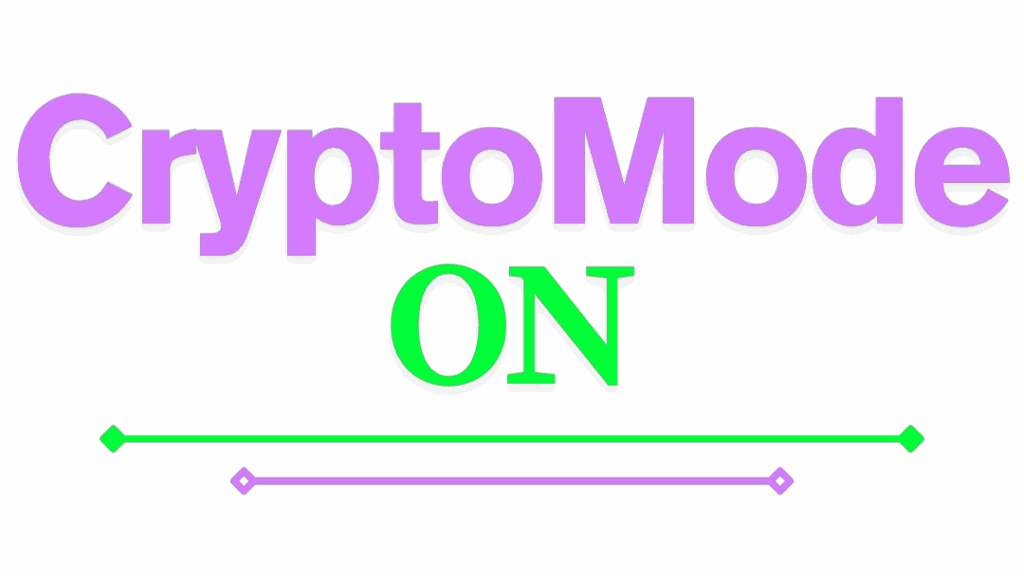Navigating the world of online personal loans can be daunting, especially when it comes to understanding interest rates. With multiple factors influencing the rate applied to your credit, it’s crucial to grasp the basics before committing. This guide delves into the key components that determine these rates and their implications for your financial decisions.
Many borrowers often confuse the terms TAN (Nominal Annual Rate) and APR (Annual Percentage Rate), yet understanding their differences is essential. While TAN represents the interest alone, APR includes additional costs, offering a clearer picture of what you’ll pay. This distinction can significantly impact the overall cost of your loan, influencing your choice.
Interest rates can vary considerably between banks, making it worthwhile to shop around. Negotiating the rate before accepting a contract is also a possibility, potentially saving you money. However, don’t be lured by lower rates without considering other factors, as they don’t always guarantee a better deal. Comprehensive analysis ensures you make informed financial decisions.
Understanding TAN and APR
When applying for a personal loan, it’s crucial to distinguish between TAN (Nominal Annual Rate) and APR (Annual Percentage Rate). While TAN represents only the basic interest rate, APR encompasses additional costs like fees. Understanding these differences allows borrowers to accurately evaluate loan offers and make informed decisions by considering the true cost of borrowing.
TAN provides a simplified view of the interest rate, often excluding other associated costs. It’s a straightforward measure but may lead to misunderstandings about the actual cost of the loan. Relying solely on TAN can obscure the complete financial picture, potentially misleading borrowers into underestimating their costs.
APR, on the other hand, is a comprehensive measure that includes both the interest rate and additional fees, such as processing fees or administrative costs. This rate provides a more realistic view of the loan’s total cost. By considering APR, borrowers can better compare different loan offers and understand the implications on their financial planning.
The Variability of Interest Rates
Interest rates for personal loans can differ significantly from one financial institution to another. These variations stem from factors such as institutional policies, operating costs, market conditions, and the degree of competition among lenders. As a result, borrowers can benefit from shopping around and comparing offers before settling on a loan provider.
Financial institutions often assess individual borrower profiles, including creditworthiness, income stability, and existing debt levels, before determining interest rates. Thus, personal financial circumstances can influence the rate offered. Even a slight adjustment due to a better credit score or lower debt can lead to significant savings over the loan term.
Market trends also play a key role in rate variability. Economic conditions, central bank policies, and industry competition can all shift interest rates. Borrowers might notice fluctuations over time, which underscores the importance of timing. Securing a loan during favorable economic conditions or with a strong credit profile enhances bargain opportunities.
The Art of Rate Negotiation
Borrowers often overlook the possibility of negotiating interest rates on personal loans. Yet, negotiating can result in favorable terms and reduced costs. By presenting a strong credit history, stable income, and responsible financial behavior, individuals can persuade lenders to offer more competitive rates, boosting their overall savings.
Researching and preparing a compelling negotiation strategy can enhance bargaining power. Understanding market trends, lender offerings, and competitor rates forms a solid foundation. Borrowers should aim to demonstrate their market awareness and financial reliability, reinforcing their case for a better rate.
In some cases, lenders may offer loyalty discounts or rate reductions to existing customers with a strong history. Additionally, borrowers might leverage alternative offers from other institutions to negotiate better terms. Successfully navigating these negotiations requires confidence, knowledge, and clear communication to achieve financially beneficial outcomes.
Evaluating More Than the Rate
Relying solely on interest rates when assessing loan offers can be misleading. While low-interest rates appear attractive, they may come with hidden costs or less favorable terms. Borrowers should consider factors like loan tenure, fee structures, prepayment penalties, and late payment charges to determine the true value of a loan offer.
Shorter loan terms might lead to higher monthly payments but result in lower overall interest paid. Meanwhile, longer terms often feature lower payments but incur more interest over time. Weighing these aspects ensures borrowers align the loan with their financial goals and budget constraints.
Assessing the lender’s reputation and customer service can also influence decision-making. Reliable lenders offering excellent support might be preferable even if their rates are slightly higher. A thorough evaluation should encompass both quantitative factors, such as cost, and qualitative elements, like customer satisfaction, to secure the best deal.
Making Informed Financial Decisions
Understanding the nuances of credit rates equips borrowers to make sound financial choices. Taking the time to research terms and conditions, compare offers, and investigate lender reputation lays the groundwork for informed decision-making. With this knowledge, borrowers can secure loans that align with their financial objectives.
Proactive financial planning, including budget assessments and cash flow analysis, enhances confidence in accepting a loan offer. Recognizing repayment capacities ensures loan commitments are manageable and align with long-term goals. Planning ahead mitigates unexpected financial strain, fortifying overall financial resilience.
Continual monitoring of financial markets can offer insight into optimal borrowing times. Staying informed about economic indicators and lender movements empowers borrowers to act strategically. This vigilance extends to re-evaluating existing debt and refinancing options, maintaining financial health and optimizing cost-effective borrowing choices.
Conclusion
Navigating personal loans requires understanding interest rate components, including TAN and APR, and their financial implications. Borrowers should consider both rates and other factors like lender reputation to secure advantageous terms. Comprehensive analysis and proactive financial planning are essential to aligning loans with personal financial goals effectively.
Continuous market monitoring and strategic timing are keys to optimizing borrowing conditions. Staying informed about economic trends and lender policies can aid in making well-timed decisions. By combining research, negotiation skills, and financial foresight, borrowers can manage debt responsibly, ensuring loans contribute positively to their long-term financial well-being.
